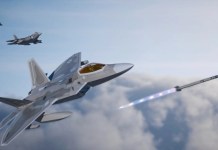More than the cost factor, it is the threat factor in the form of two letters from China that seems to have made Indonesia cancel its plan to acquire Russian combat aircraft Su-35 and explore the option of either 4.5 generation Dassault Rafale and Boeing F-15EX Eagle II or both.
Fired Or Tired? Where Is The Posture Boy For China’s Combative Journalism & The ‘Spokesperson’ Of Chinese Military
Indonesia needs the support and goodwill of the US and other important democracies in the Indo-Pacific like never before in its recent history.
As The EurAsian Times had reported earlier, on December 22, Chief of the Indonesian Air Force, Air Chief Marshal Fadjar Prasetyo, had revealed that his government abandoned its plans to acquire the Russian combat aircraft Su-35, “primarily because of its budget”.
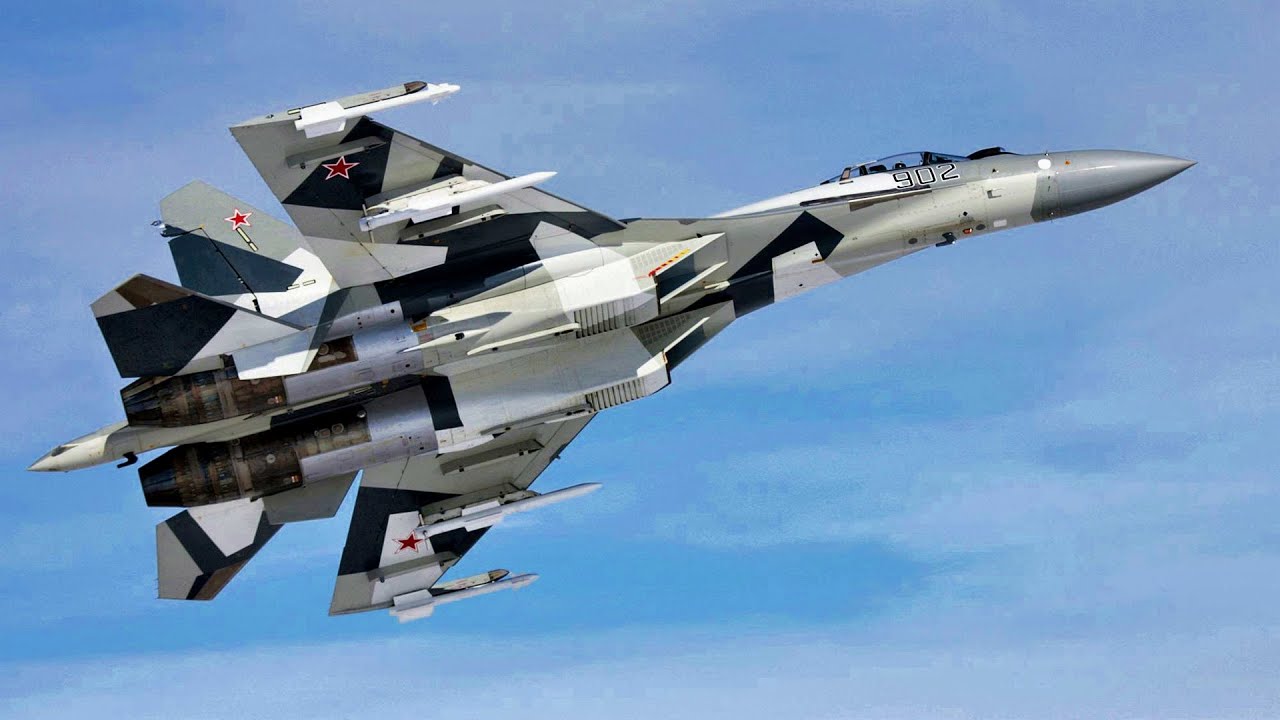
Boeing Eagle II Or Dassault Rafale?
In February 2018, Indonesia had signed a provisional deal with Russian arms export agency Rosoboronexport to acquire 11 Su-35s for $1.14 billion. But now, it is said that if Jakarta goes for eight American jets, it will be around $750 million ($87.7 million plus presale service for each).
If it goes for French Rafales, each unit will cost $100 million, it is estimated, though Jakarta thinks Paris could be still more flexible on the cost.
According to the Indonesian Air Force chief, he received a delegation from Boeing, which has informed that if Jakarta signed the agreement for Eagle II, the aircraft would be delivered from 2027. As regards inducting 36 Dassault Rafale, it can start from 2024.
Another theory is that the US would have applied the Countering America’s Adversaries Through Sanctions Act (CAATSA) against Indonesia if it had opted for the Russian Su-35.
But, many experts also remember the former US Defense Secretary James Mattis asking the US Congress in 2018 to grant a waiver of this Act (framed in 2017) to three countries – India, Indonesia, and Vietnam.
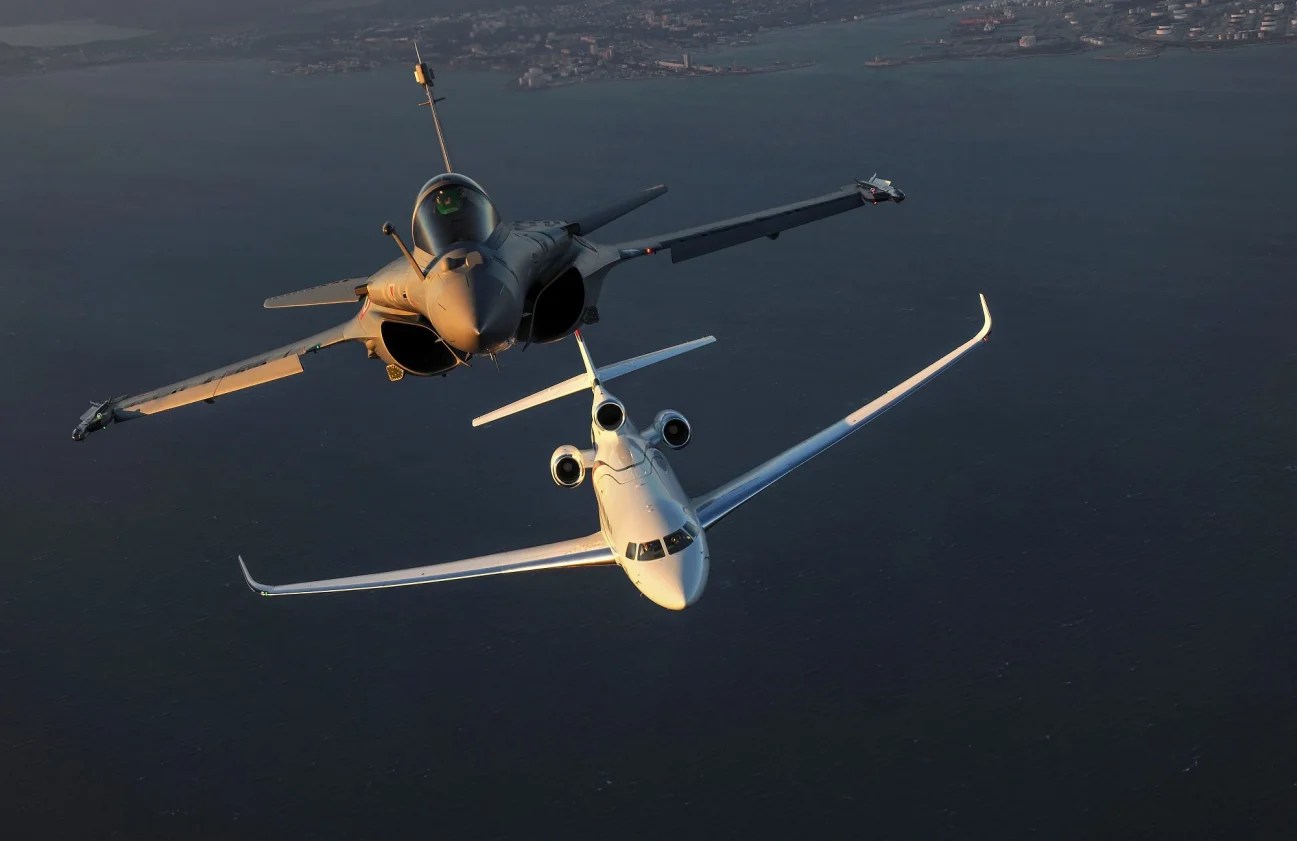
CAATSA may or may not be a factor, but what appears to be the case is that Indonesia needs American friendship like never before, given the increasing bellicosity of China on Indonesian territories in the South China Sea.
And on its part, the US is reciprocating. Though due significance has not been given by the media, the facts remain that US Vice President Kamala Harris visited Indonesia in August last year, followed by Secretary of State Antony Blinken in mid-December.
China’s Objection To Indonesian Drilling
These visits need to be seen in the context of the public revelations for the first time in December 2021 that China had made “an unprecedented demand through a letter earlier this year” asking Indonesia to stop drilling for oil and natural gas in the sea off its Natuna islands, known in Indonesia as the North Natuna sea.
These waters fall well within Indonesia’s Exclusive Economic Zone (EEZ), bordered by the EEZs of Malaysia and of Vietnam but 2000 kilometers away from the nearest Chinese territory of Hainan island.
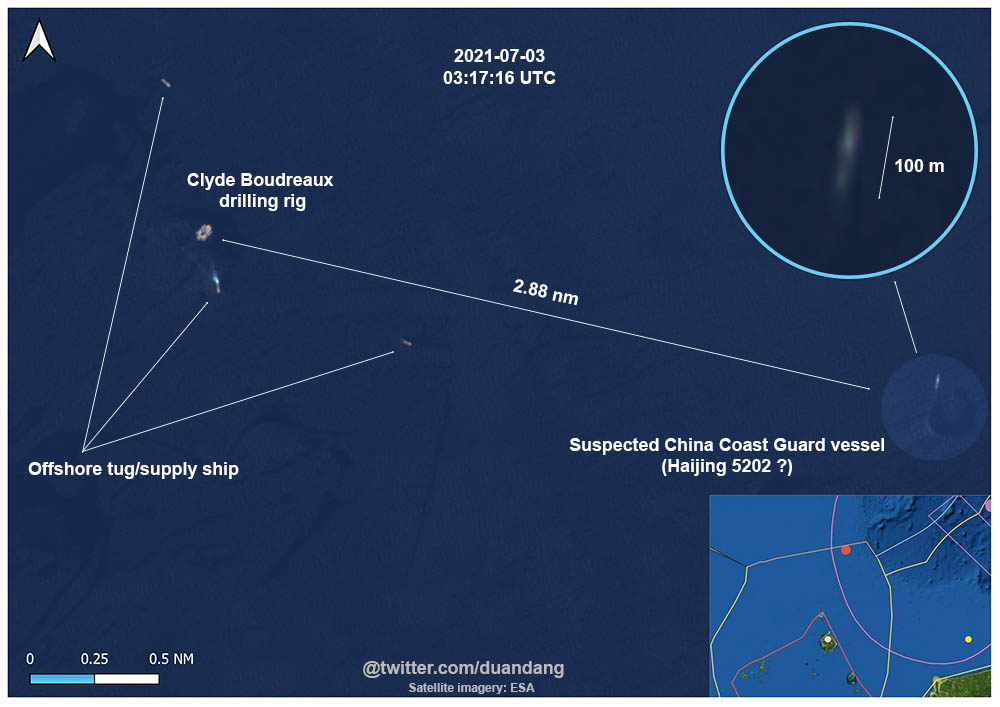
The sanctity of the EEZ was highlighted by the 2016 judgment of the Permanent Court of Arbitration in the case brought by the Philippines against China over rights in the South China Sea under the UN Convention on Law of the Sea (UNCLOS).
And yet China is not impressed. It contests Indonesia’s sovereign rights over its territory by saying that the waterway is within its expansive territorial claim in the South China Sea that it marks with a U-shaped “nine-dash line”, a boundary found to have no legal basis by the Permanent Court of Arbitration.
Of course, Indonesia did not stop the drilling, a job given to Noble Clyde Boundreax on June 30, 2021, and completed on November 19. But those four and half months, Chinese and Indonesian ships shadowed each other around the oil and gas field, frequently coming within 1 nautical mile of each other.
US Aircraft Carrier In ‘Troubled Waters’
And most importantly, on September 25, the American aircraft carrier USS Ronald Reagan came within 7 nautical miles of the drilling rig. It was perhaps the first time that a US aircraft carrier operated in such proximity to an ongoing standoff in the South China Sea. Reportedly, four Chinese warships were also deployed to the area.
During this standoff, China sent a second letter to Indonesia. This letter protested against the predominantly land-based Garuda Shield military exercises in August, involving 4,500 troops from the United States and Indonesia. Though this exercise has been a regular event since 2009, it was China’s first protest.
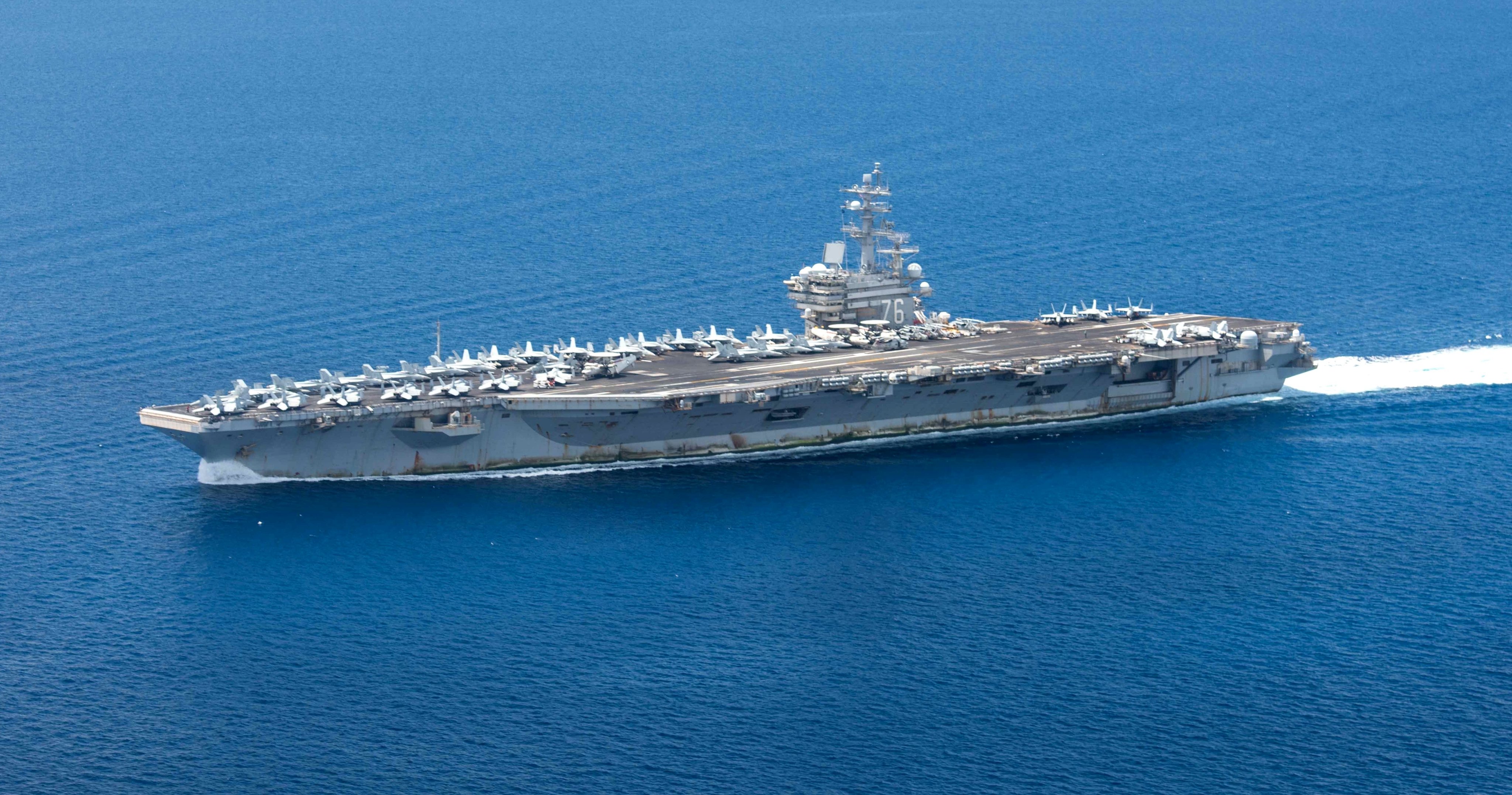
It may be noted here that Indonesia had deliberately underplayed its tensions with China, which became apparent during the last one and half months only. And that is because of two factors.
Indonesia, like its other Southeast Asian neighbors, has always maintained a low public profile with regard to the US-China rivalry. Secondly, China is Indonesia’s largest trading partner and a major source of investment. Ethnic Chinese are also key business players in Southeast Asia’s largest nation.
However, with Chinese behavior becoming more brazen in the Natunas, Indonesian President Joko Widodo seems to have decided to be proactive diplomatically as well as militarily. He has now invited officials in charge of maritime security from five other countries in ASEAN to meet to discuss how to respond to China’s assertiveness in the South China Sea.
Indonesia Ramps Up Military Infrastructure
On its own, Indonesia is preparing itself militarily for any eventuality in and around Natuna, suspecting that China is exploring opportunities to seize effective control of the islands.
The Indonesian military is lengthening an airbase runway so that additional planes can be deployed, together with the construction of a submarine base as well.
Besides, it is building a joint training facility along with the US for coast guard personnel near Natuna.
In fact, Indonesia’s military, which until recently was Army-centric, is now focusing on ships and aircraft to safeguard its islands, and major straits — Sunda, Lombok, Makassar — plus half of the all-important Malacca Strait that connects the Indian Ocean to the Pacific.

It is also not without significance that Indonesia has signed a defense procurement deal with Japan. Indonesian Defense Minister Prabowo Subianto has visited India and South Korea for closer collaboration.
Incidentally, Indonesia has had a 20% interest in a South Korean fighter project which may be in production by 2026. A June 2021 deal with Italian naval constructor Fincantieri is supposed to aim at the delivery of eight advanced frigates.
Indonesia is also considering the idea of procuring BrahMos cruise missiles from India. A team from the Indo-Russian joint venture that makes the weapon system visited a state-run shipyard in Surabaya last year to assess the fitting of the missile on Indonesian warships.
Besides the BrahMos, India has reportedly offered to supply coastal defense radars and marine-grade steel to Indonesia. India will also like to service the Russian-made Su-30 combat jets flown by the Indonesian air force as part of efforts to deepen bilateral defense and military cooperation.
Viewed thus, Indonesia seems to be realizing that in order to protect its national interests in the face of Chinese aggressive designs, it needs the support and cooperation of important Indo-Pacific democracies.
- Author and veteran journalist Prakash Nanda is Chairman of Editorial Board – EurAsian Times and has been commenting on politics, foreign policy on strategic affairs for nearly three decades. A former National Fellow of the Indian Council for Historical Research and recipient of the Seoul Peace Prize Scholarship, he is also a Distinguished Fellow at the Institute of Peace and Conflict Studies. CONTACT: prakash.nanda@hotmail.com
- Follow EurAsian Times on Google News


